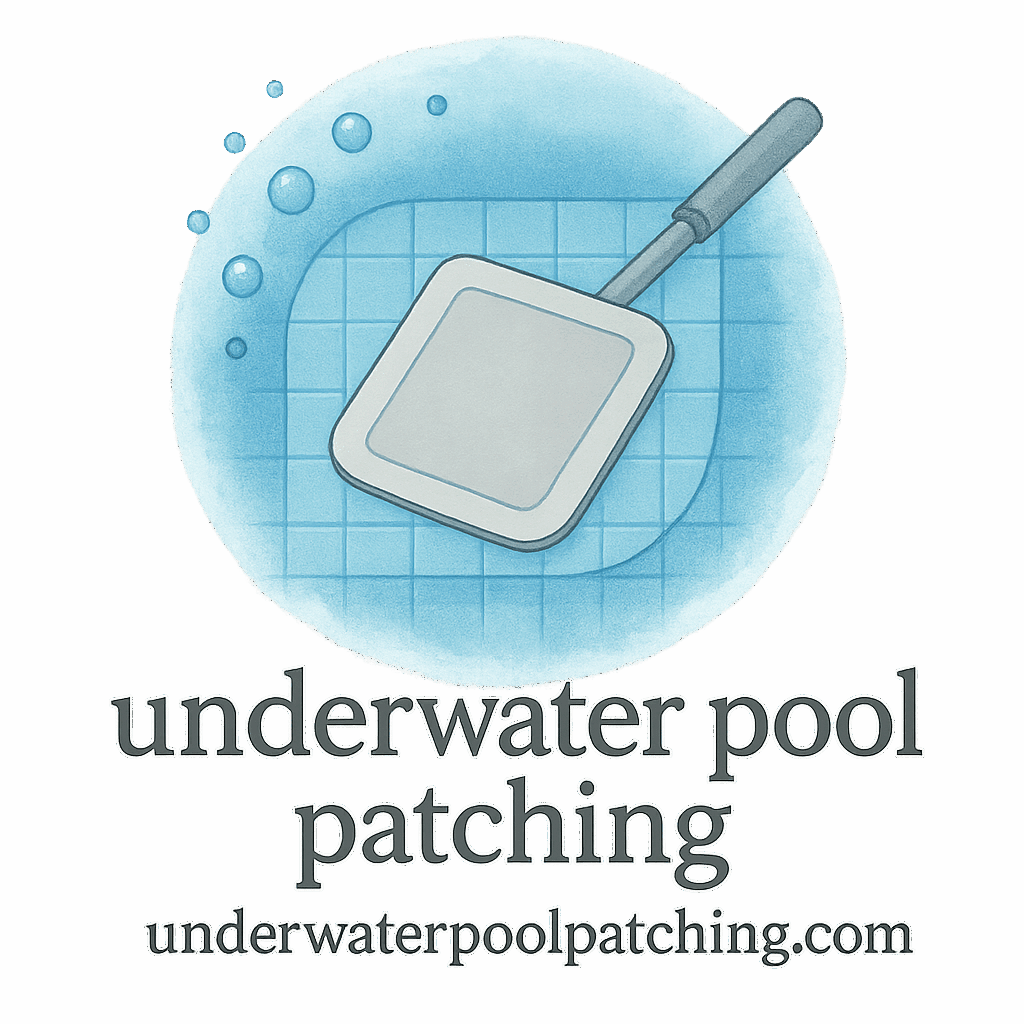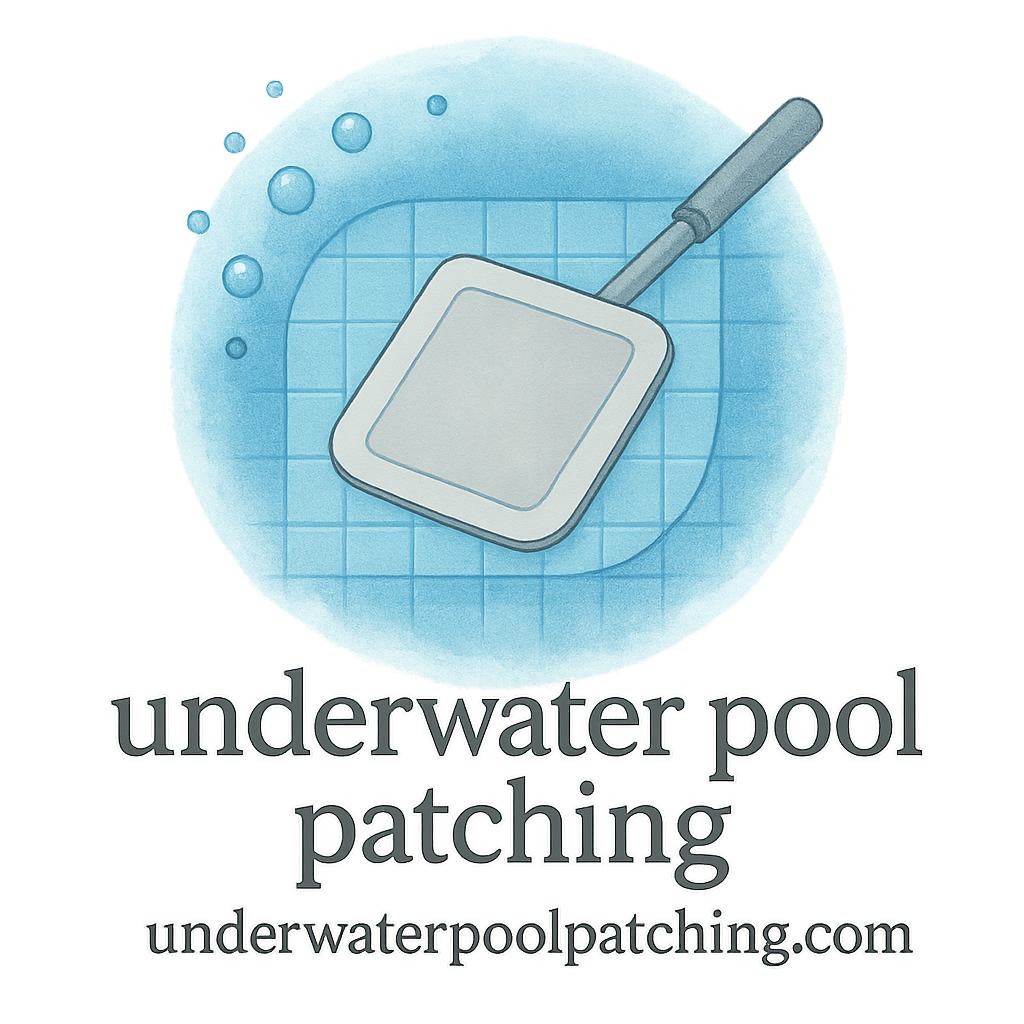Introduction
Let’s face it—nobody wants to deal with a leaky pool. But when water levels keep dropping, you’re faced with a choice: roll up your sleeves and patch it yourself or call in the pros. The million-dollar question? What’s it going to cost you either way? In this guide, we’ll break down the real costs of DIY vs professional underwater pool patching, plus give you some money-saving tips and must-know maintenance advice along the way.
Understanding Underwater Pool Patching
What Is Underwater Pool Patching?
Underwater pool patching is exactly what it sounds like—repairing holes, cracks, or leaks in a pool without draining the water. It’s especially useful for vinyl, concrete, and fiberglass pools.
Common Reasons Pools Need Patching
Cracks and Leaks
Pools naturally shift over time, and with this movement, cracks can form. These aren’t just cosmetic—they can lead to major water loss.
Aging Pool Materials
Older pools, especially those that haven’t seen regular maintenance, are prone to surface wear and tear. Vinyl liners may tear, and plaster may degrade.
Weather and Ground Movement
Extreme temperatures and shifting soil can stress your pool structure, making it more likely to crack or leak.
Need help diagnosing a pool issue? Visit our Inspection & Diagnosis page to spot problems early.
Cost Factors to Consider
Before you dive into your wallet, consider these variables that affect both DIY and pro patching costs:
Size and Severity of the Damage
A pinhole leak? No biggie. A major structural crack? Now you’re talking serious bucks.
Type of Pool Surface
Concrete, vinyl, or fiberglass—all require different materials and techniques, which affect your final cost.
Location and Accessibility
Hard-to-reach spots might mean more time and labor—especially for pros.
Material Costs
From epoxy to vinyl patches, the materials you choose matter a lot. Want the full rundown? Check our Patch Types & Materials section.
DIY Underwater Pool Patching
Basic Tools and Materials You’ll Need
- Waterproof patch kit (vinyl or epoxy)
- Scissors or utility knife
- Weighted dive gear or snorkel gear
- Sandpaper (for prepping hard surfaces)
Steps for a DIY Patch Job
Locating the Leak
Use dye testing or a simple visual inspection. Check areas around lights, steps, and seams.

Preparing the Surface
Make sure it’s clean and free of algae or debris. Light sanding can help the patch adhere better.
Applying the Patch
Follow instructions closely—whether you’re using peel-and-stick vinyl or mixing a two-part epoxy.
Need help choosing the right patch? We break it all down here.
Pros of DIY Patching
- Budget-friendly upfront
- Immediate results for small fixes
- Learn a valuable skill
Cons of DIY Patching
- Shorter patch lifespan
- Higher risk of improper application
- Time-consuming and physically demanding
For long-term patching success, visit our Tips & Techniques section.
Professional Underwater Pool Patching
What Pros Bring to the Table
- High-grade materials
- Professional leak detection (often using pressure tests)
- Guaranteed workmanship
The Process: How Pros Handle It
- Diagnose the leak
- Choose the best patch method
- Apply with industry tools
- Perform post-patch checks
Explore our complete list of Repair Techniques for a better idea.
Pros of Hiring a Professional
- Long-lasting results
- Less risk of errors
- Often includes warranties
Cons of Hiring a Pro
- Higher upfront cost
- May require appointment wait times
- Some minor jobs don’t justify the expense
Need a cost estimate? Start here: Cost & Budgeting Guide.
Comparing the Costs: DIY vs Pro
Cost Breakdown: DIY
| Item | Estimated Cost |
|---|---|
| Patch Kit | $20 – $50 |
| Tools | $10 – $30 |
| Total | $30 – $80 |
Cost Breakdown: Professional Services
| Service | Estimated Cost |
|---|---|
| Leak Detection | $100 – $400 |
| Labor & Materials | $200 – $600 |
| Total | $300 – $1,000+ |
Hidden Costs and Long-Term Value
While DIY is cheaper initially, it may cost more long-term if patches fail. Professional repairs, especially those using long-lasting materials, often offer better value over time.
When to Choose DIY vs When to Call a Pro
- Choose DIY: For small vinyl tears or hairline cracks in easy-to-reach areas.
- Call a Pro: For persistent leaks, structural damage, or when you’re unsure of the problem.
Still can’t decide? Read our detailed breakdown at Inspection & Diagnosis.
Cost-Saving Tips and Maintenance Advice
Preventative Maintenance Tips
- Check for signs of water loss weekly.
- Perform routine checks after major weather events.
- Use high-quality patches to avoid repeat repairs.
Subscribe to a Maintenance Plan
Subscribing to a maintenance plan can reduce repair costs in the long run and ensure regular check-ups.
Looking for long-term savings? Preventative care is the key.
Conclusion
So, what’s the bottom line? DIY underwater pool patching is affordable and satisfying—but only when done right. Hiring a professional guarantees better, longer-lasting results but comes with a higher price tag. The best choice depends on your budget, time, and the nature of the problem. Want to get the most out of every drop? Combine small DIY fixes with regular pro checkups and smart maintenance.
Looking to patch it up or budget smart? Browse our resources at Underwater Pool Patching and dive into a leak-free future.
FAQs
1. Can I patch a pool without draining it?
Yes! Many patch kits are designed for underwater use, so draining isn’t necessary for small repairs.
2. How long do DIY patches last?
Typically 6 months to 2 years, depending on the material used and the application.
3. Are pro patches permanent?
Most professional repairs can last 5–10 years, especially with quality materials.
4. How do I know if my pool is leaking or just evaporating?
Use a bucket test or hire a leak detection specialist for accurate results.
5. What’s the best patch material?
It depends on your pool surface. Vinyl patches work best for liners, while epoxy is ideal for concrete or fiberglass.
6. Is patching covered under pool warranties?
Not always. Check with your pool manufacturer or service provider.
7. How can I extend the life of a patch?
Stick to a solid maintenance schedule and avoid harsh chemicals or physical damage in the patch area.


